Nuremberg’s city wall, steeped in history and fortified with defensive corridors, offers a captivating glimpse into the past. With its remarkable architecture and hidden passages, this article takes readers on a journey beneath the Imperial Castle, where secrets await discovery.
Led by a knowledgeable local guide, visitors can enjoy the city’s rich history, exploring the ingenious strategies that protected Nuremberg from invasion. From the imposing sandstone walls to the modern bastions designed to withstand cannon fire, every step reveals a new layer of the city’s defensive prowess.
Whether imagining life as a medieval castle defender or simply admiring the breathtaking views, this experience promises both education and awe. Join us as we uncover the secrets of Nuremberg’s defensive corridors and gain a deeper understanding of this remarkable city.
Good To Know
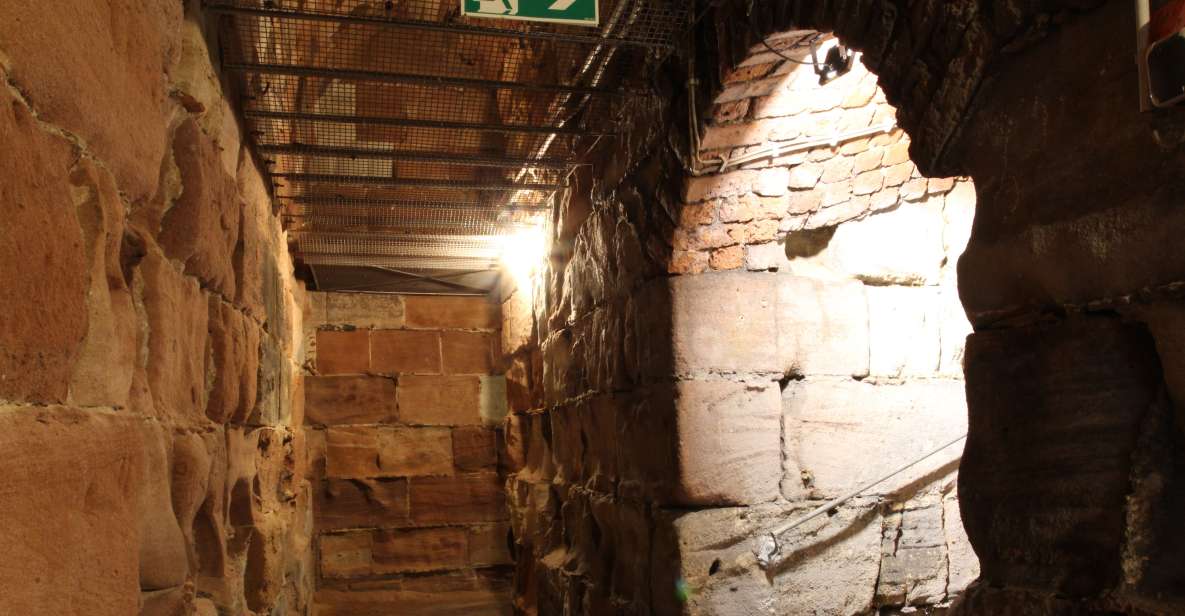
- The activity takes place in Nuremberg, Germany, specifically in Bavaria.
- The duration of the activity is 1 hour and there are multiple starting times available.
- The meeting point is in front of the entrance of the Historischer Kunstbunker, Obere Schmiedgasse 52.
- The activity allows you to explore the defensive corridors and underground passages of the Imperial Castle, learning about the castle’s moat, defensive walls, and medieval weapons.
History of Nuremberg’s City Wall
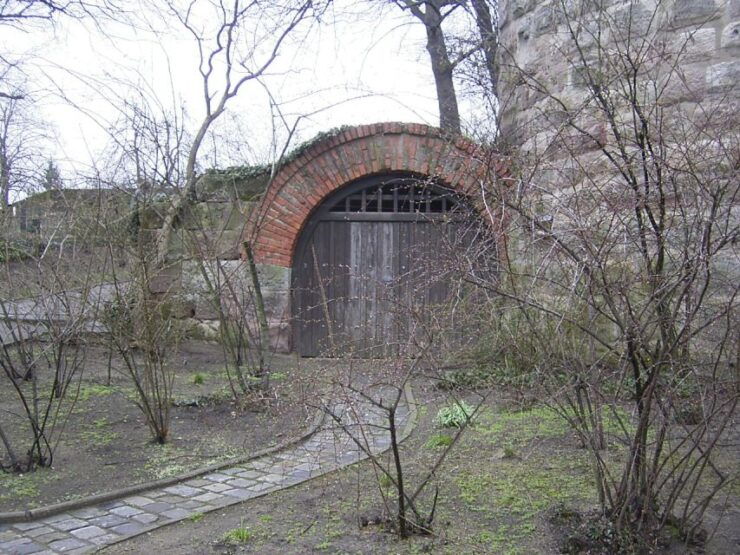
The history of Nuremberg’s City Wall dates back to the 12th and 13th centuries when it was constructed to protect the city from potential threats.
Initially, the city wall spanned 5 kilometers, but it was later extended to 11 kilometers, boasting 80 defensive towers and 4 main gates.
This impressive fortification was designed not only to safeguard the city’s residents but also to protect its vital trade routes.
The defensive corridors within the city wall were strategically positioned to provide soldiers with advantageous vantage points for surveillance and defense.
Nuremberg’s city wall construction holds great significance in the realm of medieval fortifications.
It stands as a testament to the innovative defensive strategies employed during that time, showcasing the ingenuity and foresight of the city’s ancient architects.
Want to see more of Nuremberg? Other city tours we've reviewed
Importance of Defensive Corridors
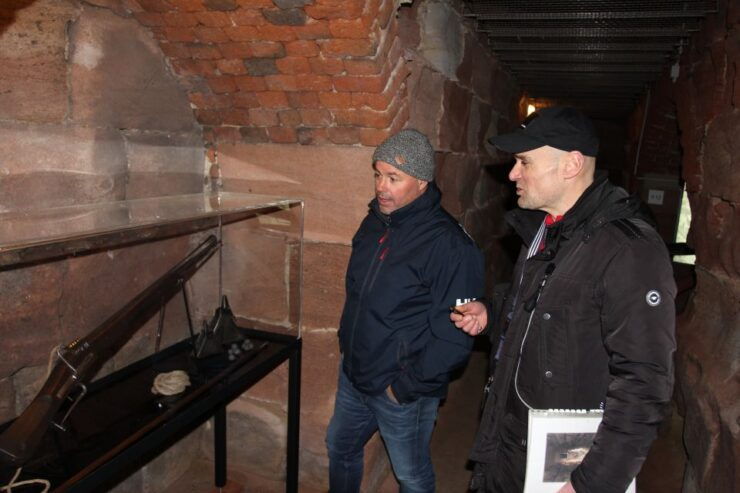
Defensive corridors in the Nuremberg City Wall played a crucial role in the city’s defense strategy, allowing for quick and efficient movement of soldiers and defenders to counter potential threats.
The significance and benefits of these defensive corridors are as follows:
Strategic Positioning: The presence of defensive corridors enabled the defenders to strategically position themselves along the City Wall, maximizing their ability to repel attacks and protect the city.
Rapid Response: The corridors provided a swift means of communication and movement, allowing the defenders to quickly respond to any breaches or imminent threats.
Reinforcement and Rotation: The corridors facilitated the reinforcement of vulnerable areas and the rotation of exhausted defenders, ensuring a continuous defense against sieges and invasions.
Tactical Advantage: The defensive corridors offered a tactical advantage by allowing the defenders to launch surprise attacks or ambushes on enemy forces.
Architecture of the City Wall
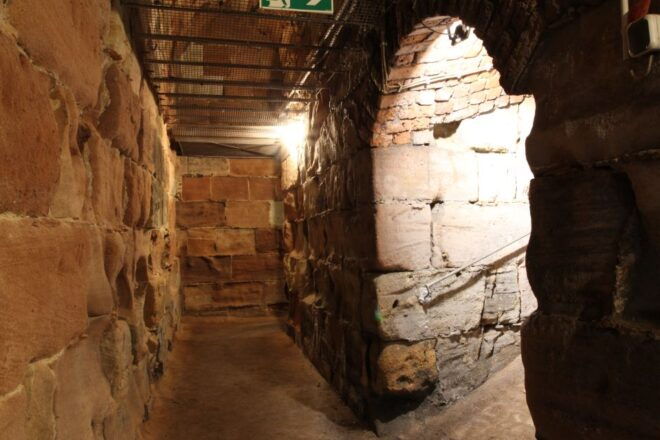
One notable aspect of the City Wall in Nuremberg is its impressive architectural design. The defensive corridors in the City Wall were strategically built to allow defenders to quickly and efficiently move to any section of the wall under attack. The architecture of the City Wall included multiple defensive towers and gates, providing strategic vantage points for defenders to guard the city and monitor potential threats. Nuremberg’s City Wall showcased advanced engineering techniques and innovative designs, reflecting the city’s commitment to safeguarding its inhabitants and preserving its sovereignty. The defensive corridors were constructed with careful consideration of the topography, utilizing natural features and elevation changes to enhance the wall’s overall defensive strength. This showcases the significance of medieval fortifications and the evolution of defensive architecture.
| Significance of medieval fortifications | Evolution of defensive architecture |
|---|---|
| Protection of cities and their inhabitants from external threats | Development of advanced engineering techniques |
| Preservation of sovereignty and control over territories | Innovation in defensive design |
| Showcase of military power and deterrence | Adaptation to changing warfare strategies |
| Symbol of status and wealth for cities and rulers | Utilization of natural features and topography |
| Historical reflection of the need for defense and security | Influence on subsequent fortification designs |
Secrets of the Underground Passages
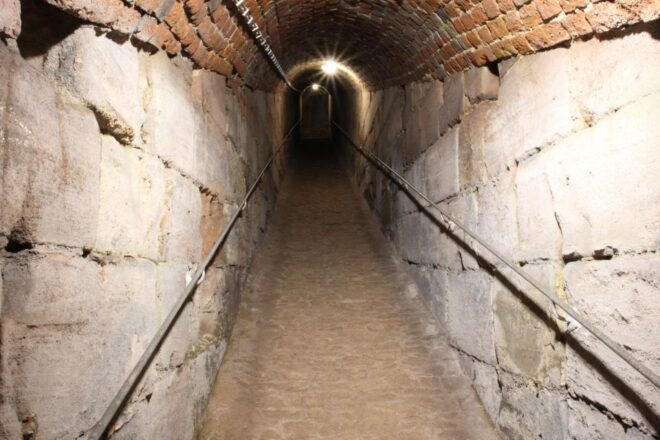
Hidden beneath the city walls of Nuremberg are a network of secret underground passages, strategically designed for military purposes and providing a hidden world of storage, shelter, and communication during times of conflict.
These passages served as a vital component of Nuremberg’s defensive infrastructure, enabling soldiers to move covertly beneath the city walls. The hidden network played a crucial role in military operations, allowing for the transportation of supplies, the coordination of troops, and the dissemination of important information.
These underground passages were ingeniously constructed to maintain their secrecy and effectiveness, ensuring the safety and protection of the city.
Today, visitors have the unique opportunity to explore these historic underground passageways, uncovering the secrets of Nuremberg’s military past and gaining insight into the strategic ingenuity of its defenders.
More Great Thing To Do NearbyWeapons and Defense Strategies
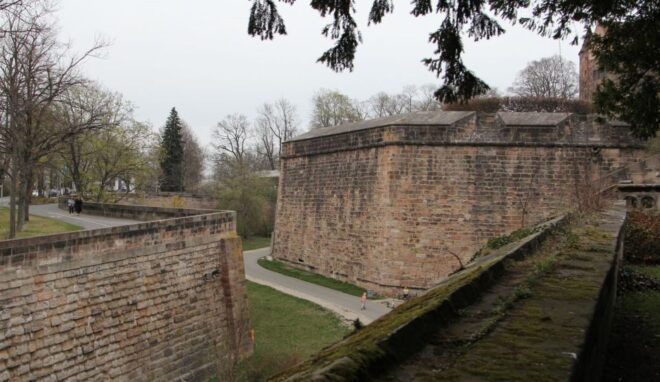
The defenders of Nuremberg utilized a variety of weapons and defense strategies to protect the city from potential attacks. They employed medieval weaponry and castle defense techniques to ensure the safety of the city and its inhabitants.
One of the primary defense strategies was the strategic placement of defensive towers along the City Wall, such as the White Tower and the Tiergärtnertor. These towers provided additional vantage points for archers and cannoneers to defend the city against enemy forces.
Plus, the City Wall’s design featured slots for archers and loopholes for cannoneers, allowing them to engage in long-range attacks while remaining protected. The defensive corridors also played a crucial role in the defense strategies of Nuremberg. These narrow passages behind the wall allowed defenders to quickly move between different sections, reinforcing and protecting the city during sieges.
The combination of medieval weaponry and castle defense techniques employed by the defenders of Nuremberg ensured the city’s resilience against potential threats.
| Defense Strategy | Description |
|---|---|
| Placement of defensive towers | Towers strategically positioned along the City Wall provided vantage points and additional defensive capabilities. |
| Slots for archers | Openings in the City Wall allowed archers to engage in long-range attacks while remaining protected. |
| Loopholes for cannoneers | Small openings in the wall allowed cannoneers to fire cannons at enemies while maintaining cover. |
| Defensive corridors | Narrow passages behind the wall enabled defenders to move quickly between different sections to reinforce and protect the city. |
| Moats and ditches | Physical barriers, such as moats and ditches, were utilized to deter potential attackers and provide an additional layer of defense. |
- Private Transfer From Nuremberg to Munich With 2 Hours for Sightseeing
- Nuremberg Instagrammable Places Tour
- Nuremberg: World War II Tour With Hotel Pickup
- Nuremberg: Christmas Market Magic With a Local
- Private Digital Scavenger Hunt Around the Old Town of Nuremberg
- Nuremberg Scavenger Hunt and Sights Self-Guided Tour
Exploring the Imperial Castle’s Moat
Exploring the Imperial Castle’s moat provides visitors with a unique perspective on the defensive strategies employed in medieval Nuremberg. The moat’s significance in the castle’s defense can’t be overstated, as it served as an additional barrier for protection.
Here are four key aspects of the moat that highlight its importance in medieval warfare tactics:
Enhanced Defense: The moat was strategically designed to make it more challenging for potential invaders to breach the city’s fortifications, acting as an effective deterrent.
Obstacle for Attackers: The moat’s deep and wide expanse created a physical barrier that impeded the progress of attackers and provided an advantage to the defenders.
Access Control: The moat controlled access to the castle, forcing attackers to cross a treacherous and exposed terrain, making them vulnerable to defensive measures.
Defensive Infrastructure: The moat was an integral component of Nuremberg’s defensive infrastructure, showcasing the city’s commitment to protecting its inhabitants and preserving its strategic position.
Exploring the Imperial Castle’s moat offers visitors a glimpse into the ingenuity and complexity of medieval warfare tactics employed in the defense of Nuremberg.
Common Questions
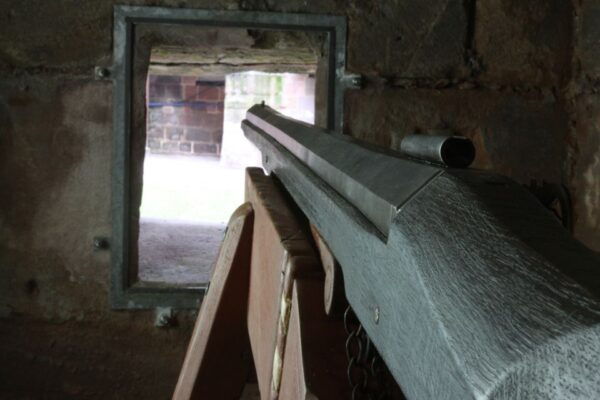
What Food Is Kyoto Most Famous For?
Kyoto’s traditional cuisine and unique food culture are most famous for their fresh seafood, local and seasonal specialty foods, and cooking utensils. Visitors can indulge in delicious food samplings at Nishiki Market and explore the city’s culinary delights.
What Should I Order at Kyoto?
In Kyoto, visitors can enjoy traditional Kyoto cuisine at the best restaurants in the city. From mouth-watering kaiseki meals to savory bowls of ramen, there are endless options to satisfy any palate.
What Is the National Dish of Kyoto?
The national dish of Kyoto is kaiseki, a multi-course meal that showcases the season’s best ingredients and local specialties. It is a traditional Kyoto cuisine that emphasizes simplicity, balance, and the beauty of nature in its meticulously prepared and presented dishes.
What Is Kyoto Famous For?
Kyoto is famous for its traditional crafts and UNESCO World Heritage Sites. Visitors can explore the city’s rich cultural heritage, from its intricate tea ceremonies to its stunning temples and gardens.
The Sum Up
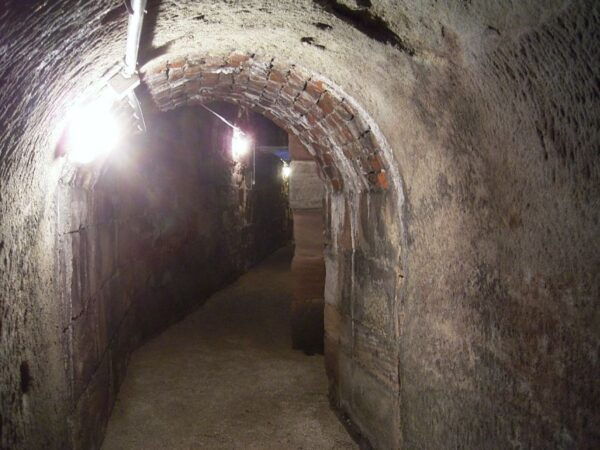
To sum it up, the defensive corridors in Nuremberg’s city wall offer a captivating journey into the city’s history. From the ancient architecture to the hidden underground chambers, visitors are truly transported to a time of strategic defense and medieval life.
Exploring the secrets of these corridors provides a deeper understanding of the city’s past and the ingenious tactics used to protect it.
Don’t miss the chance to learn about Nuremberg’s fascinating defensive history and admire its breathtaking views.
You can check if your dates are available here:More City Tours in Nuremberg
- Nuremberg: City tour with stretch limousine
- Nuremberg: highlights Tour through the old medieval city
- Nuremberg: Tunnels and Secret Passages in the City Wall Tour
- Private Audio Book City Rally Around the City Park in Fürth
- Nuremberg: Scavenger Hunt and City Sights Self-Guided Tour
- Nuremberg: City Exploration Game and Tour
More Tour Reviews in Nuremberg
- Best of Nuremberg: Private Walking Tour with a Local
- Bonn: Mystery Morning, Breakfast & Escape Game
- Deutsches Museum Nürnberg – das Zukunftsmuseum
- Merks Motor Museum: Private Tour Vintage Car Museum
- Munich: Nuremberg Uncovered History, Trials & Art Day Ride
- Nuremberg: Castle and Old Town Tour including admission tickets and red beer tasting
Looking for something different? Other Nuremberg activities we've written about
- Best of Nuremberg: Private Walking Tour with a Local
- Bonn: Mystery Morning, Breakfast & Escape Game
- Deutsches Museum Nürnberg – das Zukunftsmuseum
- Merks Motor Museum: Private Tour Vintage Car Museum
- Munich: Nuremberg Uncovered History, Trials & Art Day Ride
- Nuremberg: Castle and Old Town Tour including admission tickets and red beer tasting
- Nuremberg 1.5-hour old town tour: “In the footsteps of the spice trade”
- Nuremberg: 1-day ticket Germanisches Nationalmuseum
- Nuremberg Christmas 3-Hour Christkindles market Walking Tour
- Nuremberg: City tour with stretch limousine
- Nuremberg: Pub Crawl 2-Night Pass
- Nuremberg: Private History Tour with a Local
